We are in the midst of an energy crisis that has never been seen before and that probably no one could have imagined until recently. Everything depends on gas, even if you don’t use gas yourself. Electricity and producer prices are going through the roof and the consequences have reached everyone.
We have a gas boiler and our electricity consumption is also quite high. Even before the coronavirus crisis, my wife was working from home all the time and I was working from home for about half of my working hours. The electric car is charged and re-exposed, ensuring that the computers, workshop and studio are also in operation in the evening.
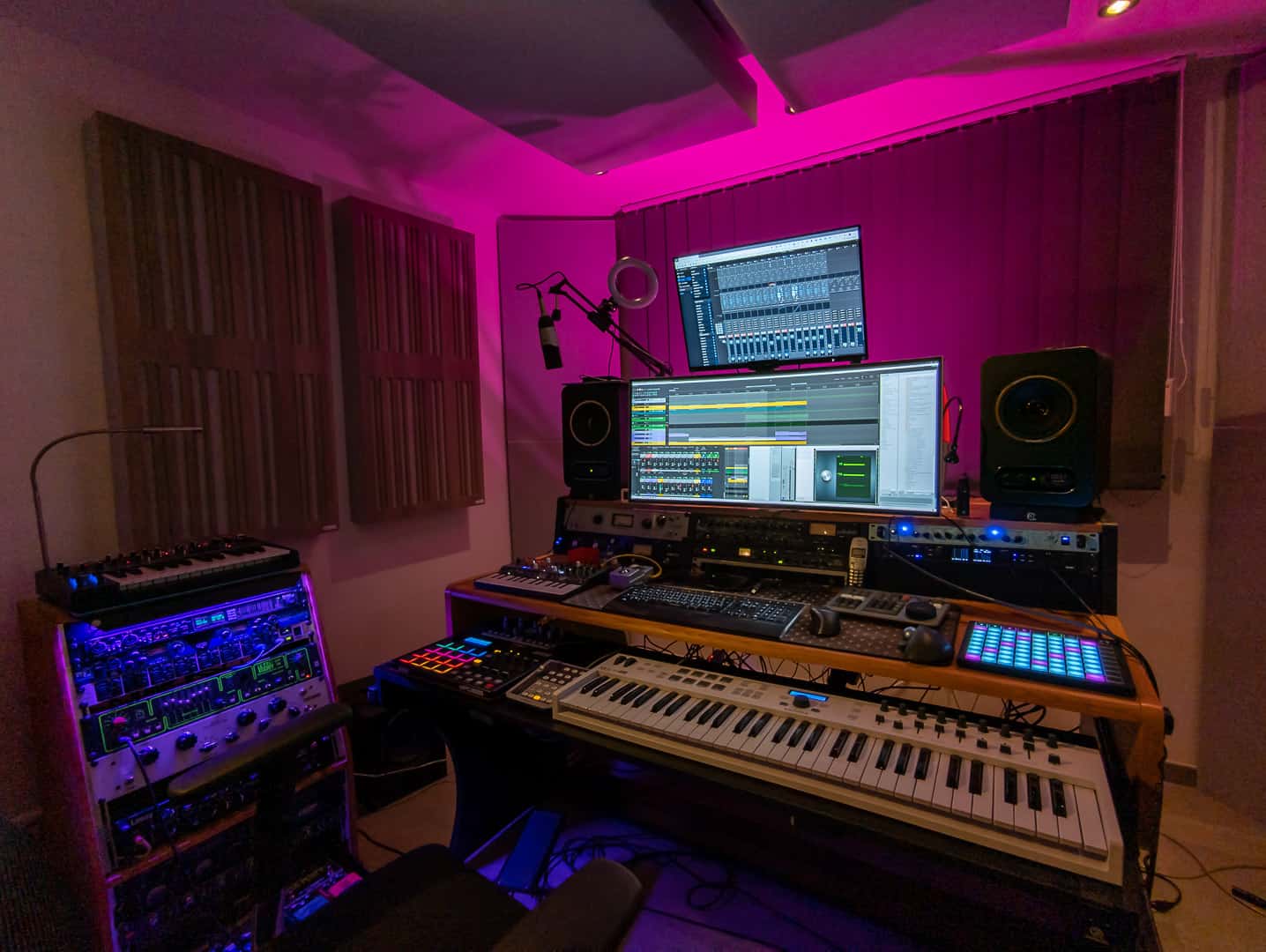
Even though the current development is fortunately not a problem for us financially, I have never seen the point of using electricity and gas pointlessly. Our electricity consumption is monitored in detail and I have also been able to optimise our gas consumption enormously in recent years.
Our smart home and home assistant in particular have been a real help here. However, this help looks a little different from what people imagine and what the media and manufacturers are publicising.
“Smart” home technology is currently a hot topic in many newspapers and magazines. However, this is limited to electronic thermostats that are supposed to help save heating costs and wireless sockets that switch off consumers. There is even talk of artificial intelligence in some systems that learns usage behaviour and turns the heating up or down accordingly.
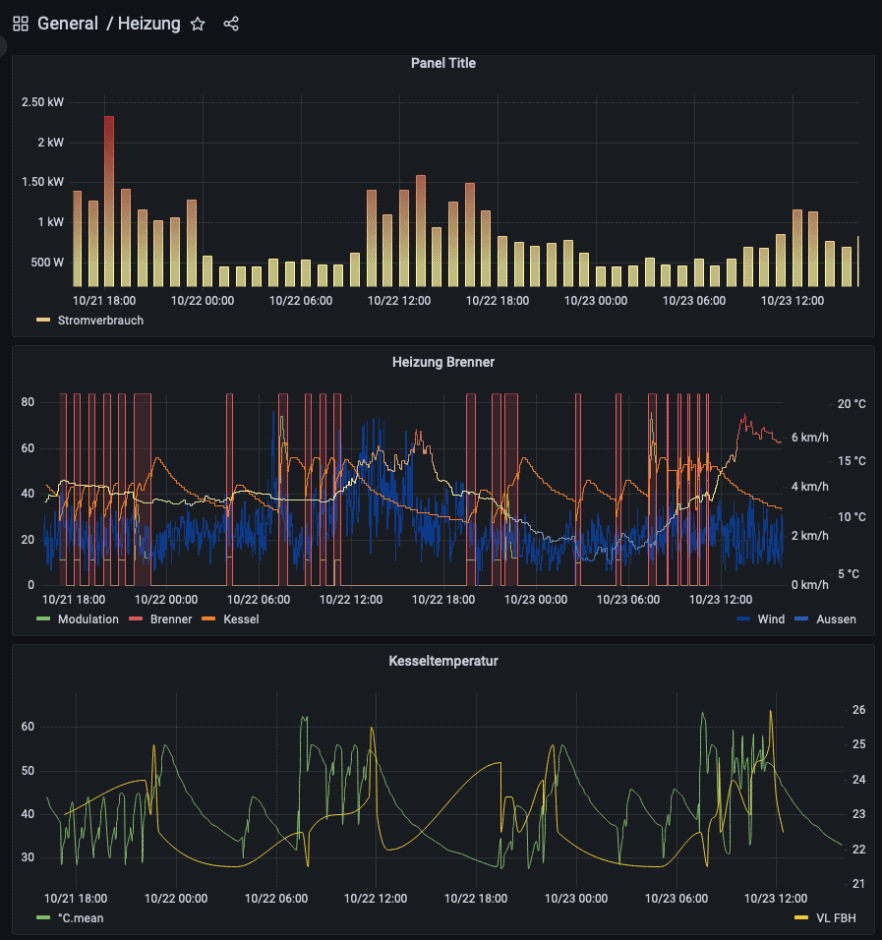
With a lot of luck, such thermostats can achieve savings of max. 10 %. Often, however, this even leads to a deterioration in consumption, as lowering the temperature can lead to excessive cooling, especially in poorly insulated buildings. More energy then has to be supplied in order to return to the normal temperature. In my experience, the detection of tilted windows almost never works anyway, because the cold air does not reach the thermostat in its radiator recess. And even if the thermostat recognises it, the window is still open unnecessarily.
Dead batteries mean that the actuator can no longer work and, in the worst case, the heating valve is completely open for several hours or days. At least that’s the experience I’ve had with various systems in our previous rented flat. In a rented flat, of course, you also have fewer options for intervention than in a home of your own, which is why I will limit myself to the latter here.
Annoying heating system
We have a fairly modern gas boiler from Viessmann installed here. The manufacturer doesn’t really matter at this point. What is symptomatic of these systems, however, is that they are still completely stupid. They are now being countered with apps and APIs. However, this does not change the fact that the control systems are extremely inflexible. Although there are countless parameters that many heating engineers have no idea about and for some even the manufacturer cannot explain exactly what they actually do, the actual control system is stupid.
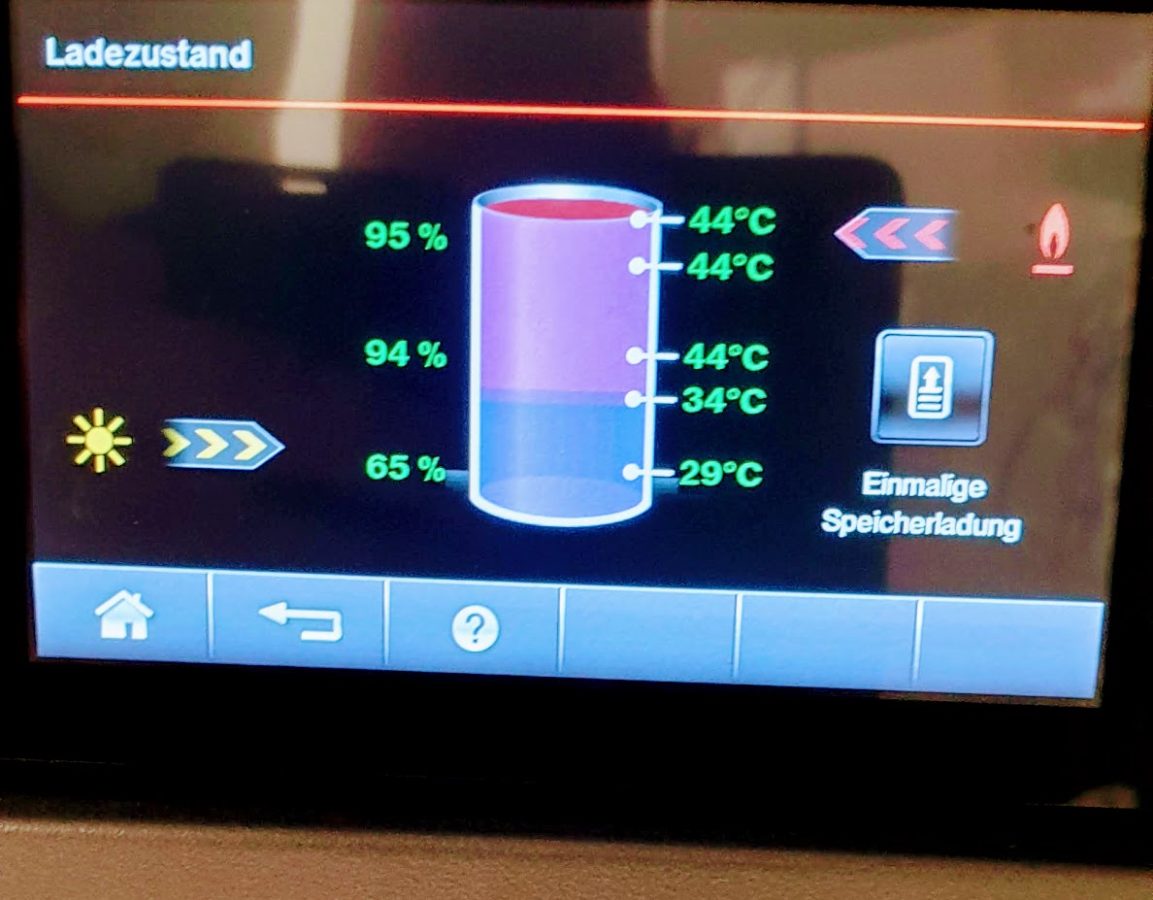
Another annoyance here is that these APIs are all cloud-based. Nothing works here without internet access, because the heating manufacturers have discovered this as a new business model. Direct control would not be a problem and is also feasible for hobbyists (keyword: Optolink). However, I would be prepared to pay €200 for a heating extension module that would enable direct control. For essential things like a heating control system, you shouldn’t have to rely on the availability of the service from the manufacturer.
For example, there is a holiday programme that only turns the heating down. Apparently, the manufacturers assume that holidays also mean travelling for everyone at the same time. But what if I only want a programme where the heating and hot water are ready later than usual during a certain period because I get up later at home on holiday? The same applies to public holidays.
The heating system also does not recognise when the water-bearing fireplace is heating and switches the burner on anyway. There is a contact (at Viessmann: “external request”, plug 96) in the heating control system. Why are such functions not accessible via the API and why can a digital combustion control unit not connect directly to the heating system?
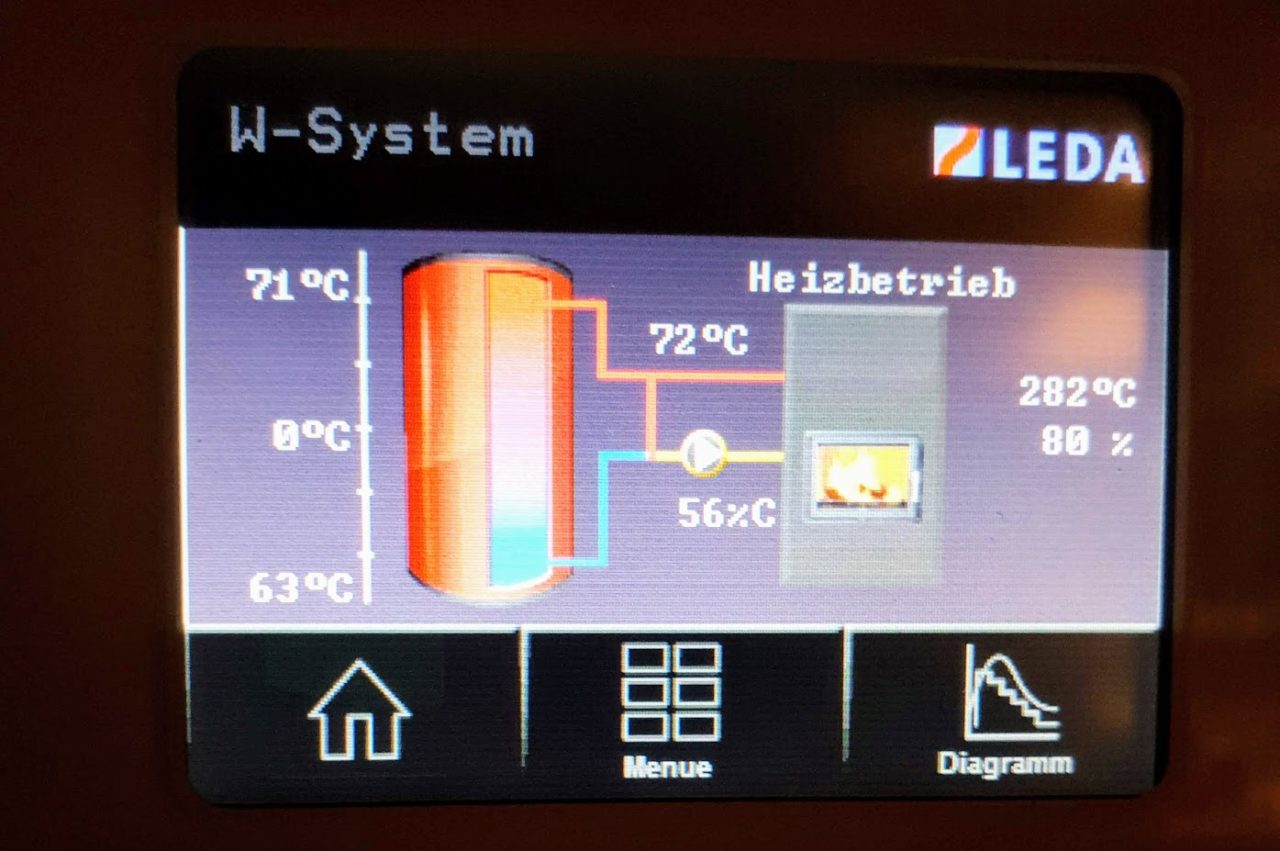
Here, optimisation is only possible through close monitoring, constant adjustment and external control. This is exactly where the Smarthome helps.
Thanks to our building automation system with LCN Issendorff, we have at least one thermometer integrated into the light switches in every room. With the help of Home Assistant, these values are recorded and can not only be used for automation, but also analysed.
This is the most important function provided by a real smart home: Information about the home. How much electricity is currently being consumed? What is the temperature outside and in each room? How often does the heating switch on? What are the flow and return temperatures of the heating? What is the current and constant power consumption, etc.
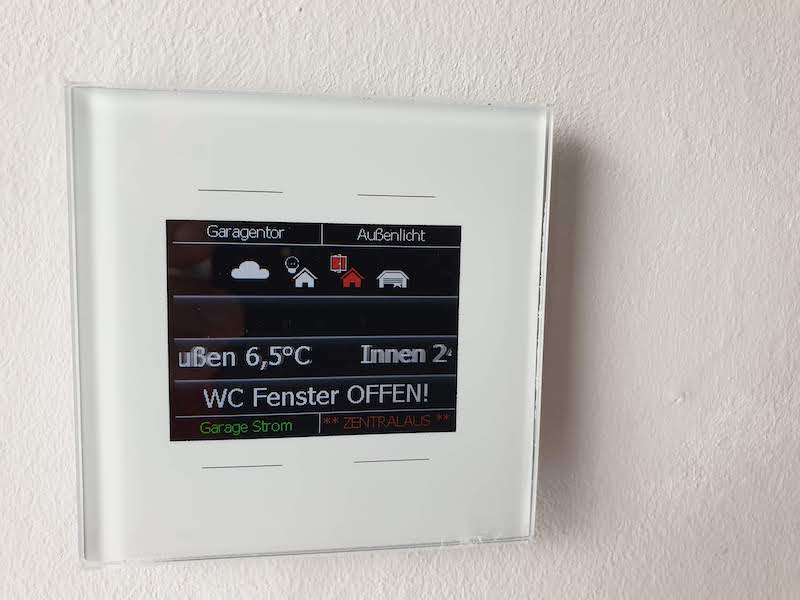
At this point, nothing is actively controlled and no would-be AI intervenes. At this point, my Smarthome first tells me something about the current status.
But it was precisely with these recordings that I was able to optimise the settings of the heating system, for example. With the settings from the heating company when we moved in, we were using over 22,000 kWh of gas for heating. Now we’re down to 12,000 kWh or 65 kW per square metre – with the same level of comfort, mind you. The settings of the last two years in particular, with the information from the long-term records of the Smarthome, have resulted in a further saving of over 30 %.
I use Home Assistant to compensate for the missing heating control functions and expand them. Using the heating API, I can now control the heating circuits with my own time programme via Home Assistant, where I can even store a calendar.
We don’t have individual room control for our underfloor heating, as this often has exactly the opposite effect. Thanks to the hydraulic and thermal balancing that we carried out ourselves, all the valves are open. Here too, the temperature recordings from Home Assistant made the correct balancing possible in the first place.
Opinion: Personal contribution will become indispensable
We are directly experiencing how energy consumption is having a huge impact on our wallets. Many people have been able to skilfully ignore climate change, which is difficult to grasp. But when it comes to money, the motivation to change something quickly increases.
Unfortunately, the heating industry is not only working at full capacity for months on end for this reason, so you can’t expect quick help here, but can only help to a limited extent. The settings of the heating system are often not understood, even by professionals, and until now it was sufficient if the room was warm. Hydraulic and, above all, thermal balancing must be “experienced” and adapted to the different seasons and requirements. This is why it is always carried out and confirmed. Whether it is good is another matter. For example, our gas boiler was oversized by at least 50 % by a renowned building services company from the neighbouring town. But the main thing is that it gets warm and the customer doesn’t complain.
What’s more, there are hardly any new recruits in the trades. We will have many skilled workers in the field of “international management”, but hardly anyone who can repair a heating system, toilet or roof. For many years, this was the fault of the trades themselves. Rough manners, little further training, poor pay and low esteem were all reasons not to go into the trades. There was often a “If it doesn’t suit you: There are plenty of others behind you waiting for your job!”. These times are now over and the skilled trades are struggling to find employees and trainees. The chambers still charge huge sums for master craftsman training and €10,000 is not uncommon for a master craftsman’s certificate. Who is that supposed to be attractive for?
For me, the years I spent in a small family business as a radio and television technician were some of the best of my life. Back then, that didn’t just mean working in a warm workshop, but also hauling washing machines, installing water connections, laying cable connections through apartment blocks or building aerials on roofs in all weathers.
As a homeowner in particular, you will no longer be able to avoid dealing with the technical aspects of the house yourself. This requires familiarisation, time and technical understanding, but it is worth it.
And it is not wrongly said that the art of skill lies in the will.
Instead, I intervene directly in the heating system: If it is 21 °C in all rooms and 23 °C in the bathroom, an automation system switches off the heating circuits well before the time when the heating control system would do it itself. Hydraulic balancing also ensures self-regulation if the room can no longer absorb heat because the floor temperature is below the room temperature. If the weather forecast predicts higher temperatures for the next day, I leave the heating circuits closed straight away.
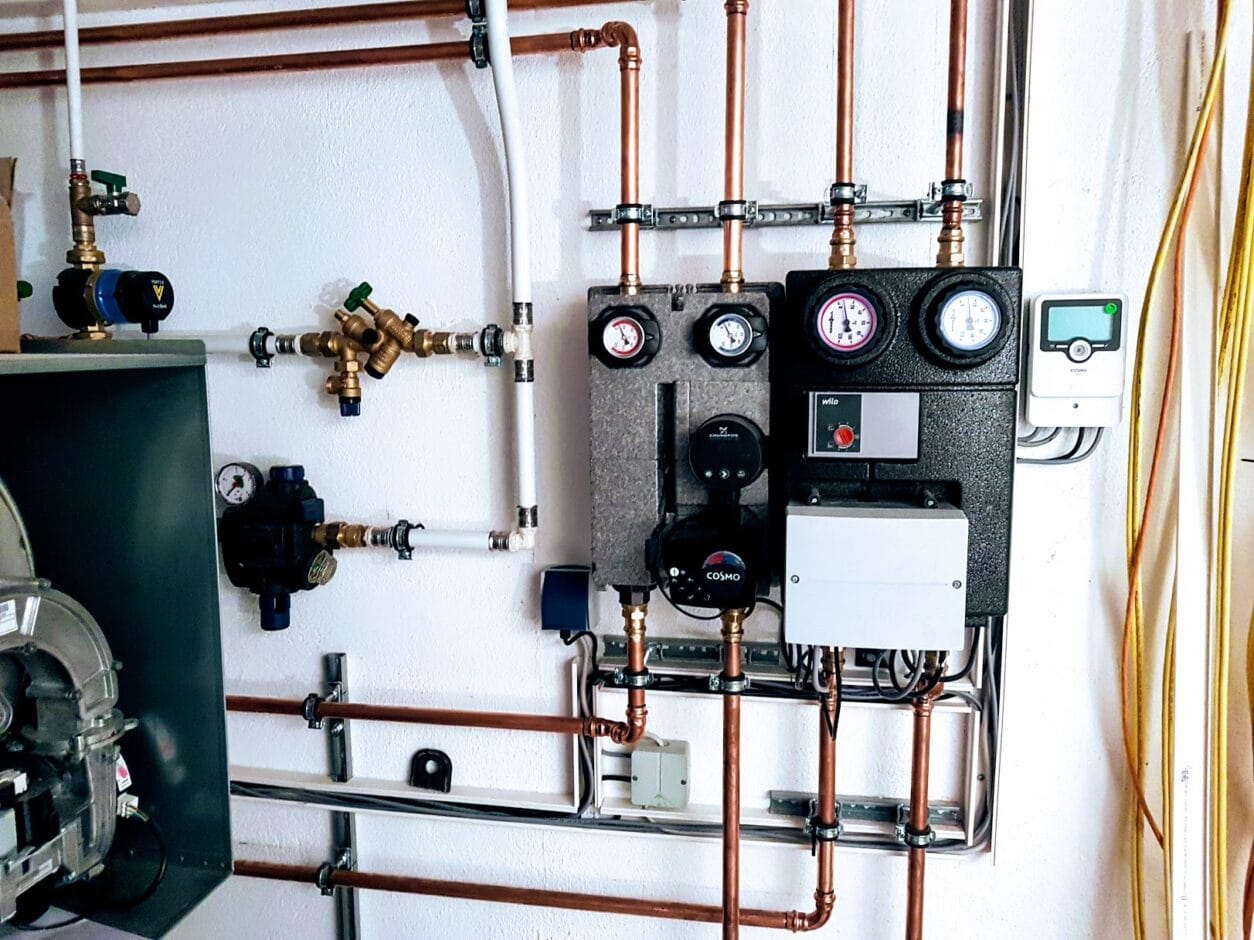
However, the gazettes and manufacturers of smart home components only ever cite individual room control with a little “intelligence” (such as presence detection) as the main advantage of a smart home. In reality, however, it is the gain in knowledge about usage habits, temperatures, heating and control statuses etc. that is the main benefit.
Just because I used 10% less than in the previous year doesn’t mean that it was my efforts or those of the smart control system. I have to put these values in relation to the average outdoor temperatures, hours of sunshine and presence. If it was warmer in a year, I naturally need less energy.
A smart home can provide these values. However, I have to be smart enough to analyse these findings and then take appropriate action. No smart home will save even a single kilowatt hour of electricity or gas on its own.
On the contrary, we must not forget that the smart home control system itself also consumes electricity. Every Wi-Fi socket, every smart home hub and even the computer for Home Assistant, for example, require electricity around the clock. For Wi-Fi sockets, you can realistically assume 2 watts in standby mode. A Raspberry Pi 4 requires around 10 watts. More extensive systems, such as ours, with over 120 actuators and sensors, have a continuous load of 60 – 80 watts. Then there are the batteries for wireless sensors and, of course, the purchase costs themselves.
How you can save money with a smart home
Our lighting is controlled almost exclusively by presence detectors, which also switch the light off again automatically. However, the savings on lighting with modern LED light sources are practically negligible. It’s more the symbolism than the real benefit. But it is a gain in convenience.
Our Smarthome reminds me to lubricate the balcony door fittings and check the seals when it has been opened 200 times. The window contact is there anyway to alert me to windows that are still open. That’s really smart because I avoid wear and tear and therefore costs. You could also call it “predictive maintenance” and it can save hundreds of euros.
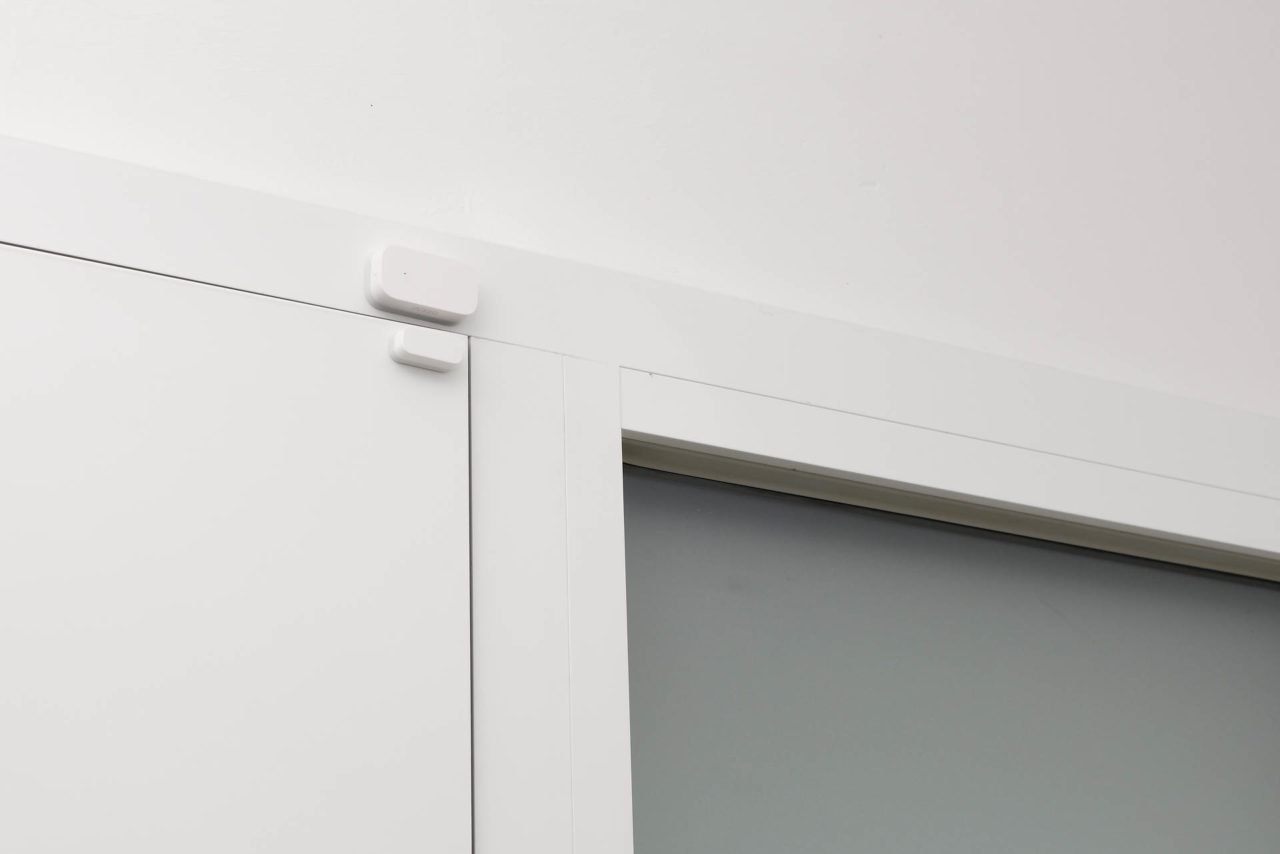
When the outside temperature is low, this window contact also tells me after 10 minutes that I should close the open window. This makes much more sense than simply turning down the radiator and letting the room cool down. However, Home Assistant also gives me a ventilation recommendation, taking into account the absolute humidity inside and outside.
The perceived temperature in a room doesn’t just depend on the temperature alone. At higher humidity levels, we feel warmer at the same temperature than at lower humidity levels. With the Climate Comfort extension of Home Assistant, I can then also control the heating and perhaps only need 20 degrees instead of 22 degrees. Two buttons in the Home Assistant app can be used to document the “feel-good factor”. You tap the relevant button when the temperature is felt to be too warm or too cool. This information can then be used to adjust the controls. A pure temperature value, on the other hand, says little.
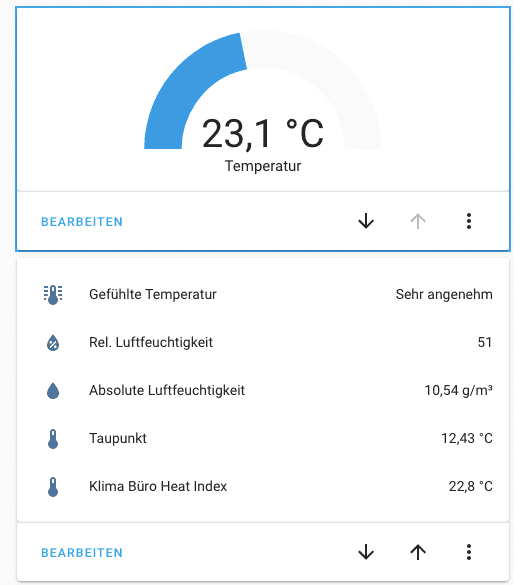
If you have a PV system (this will be a big topic on nachbelichtet in the coming months), you can have the washing machine, dishwasher etc. start automatically when there is sufficient PV power available.
However, the actual electricity costs are accounted for by the base load. Every flat and every house has a constant electricity consumption around the clock. This is accounted for by cooling appliances, standby consumers, heating controls and pumps, routers, surveillance cameras, satellite switches, cable amplifiers, automatic outdoor lighting, thermostats and controls for individual room control and much more. This can be 50 watts, but also more than 300 watts. Assuming a base load of 150 watts, that means 1300 kWh per year and, at current electricity prices (I assume 35 ct.), costs of over €450.
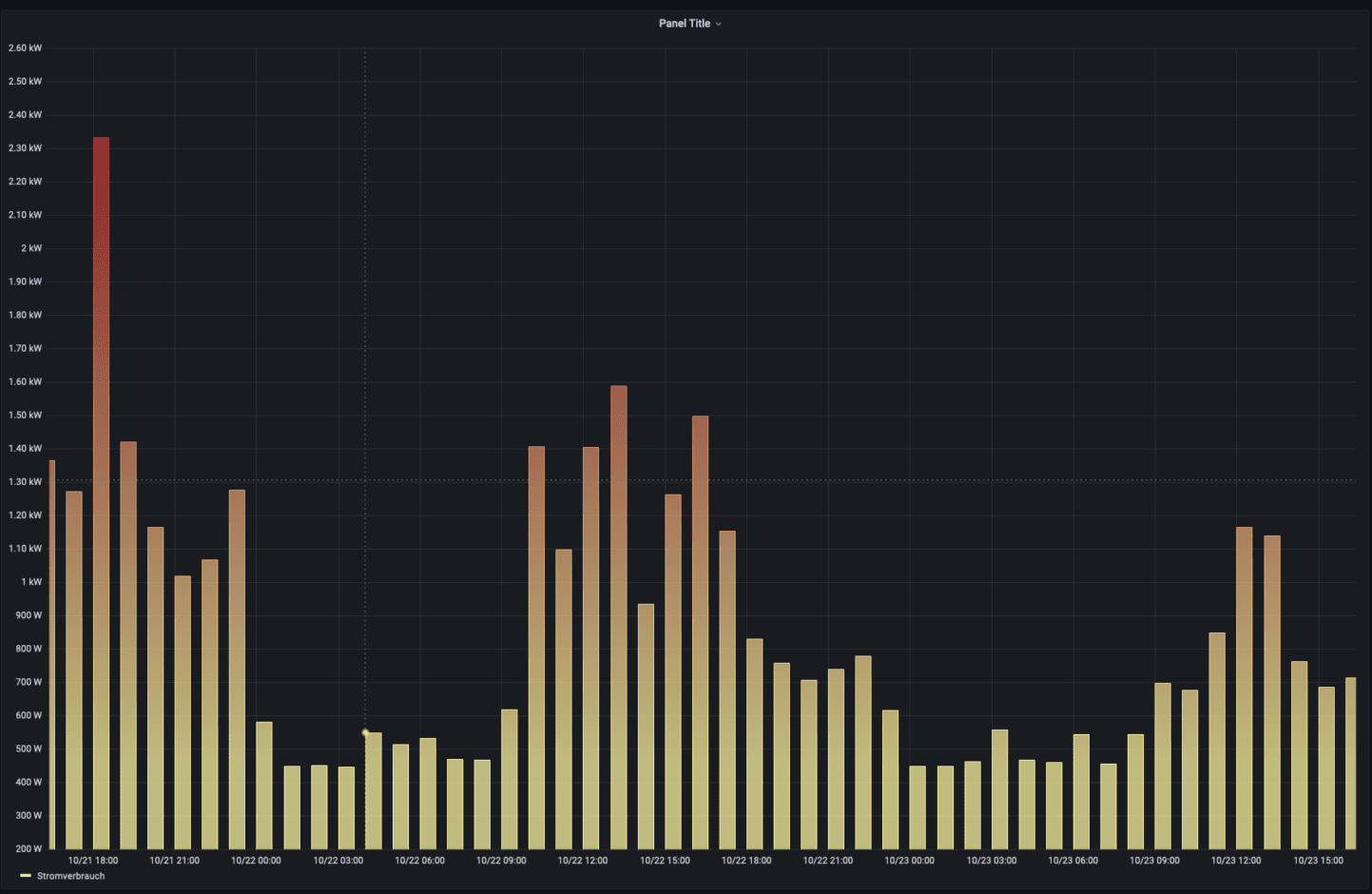
However, you can only track down this consumption through precise observation and recording, and here too the smart home helps with appropriate electricity measurement, such as with the Shelly 3EM and long-term observation. If you can save just 30 watts here, that’s almost 100 euros per year and the cost of purchasing the Shelly 3EM has been amortised.
Conclusion
A smart home is more than just controlling the room temperature and switching a few sockets. Rather, it is long-term measured values that allow conclusions to be drawn, which can then be acted upon – also with the help of the smart home. No smart home solution is a turnkey solution or saves you money without your own intervention. The interaction between the various devices and components as well as the individual requirements and needs are too complex.
If there are interfaces at all, they are still too fragmented to ensure smooth interaction. This may improve with the “smarthome super standard” Matter (Home Assistant is already ready for this), because it is essential for an energy transition that all household appliances and consumers can communicate with each other. This is where politicians need to step in and force manufacturers to provide such standards. This also includes open interfaces from energy suppliers for electricity, gas and water consumption.
If you are prepared to derive actions from the data that the smart home collects, a smart home can be more than useful and also save a large amount of energy and therefore money.

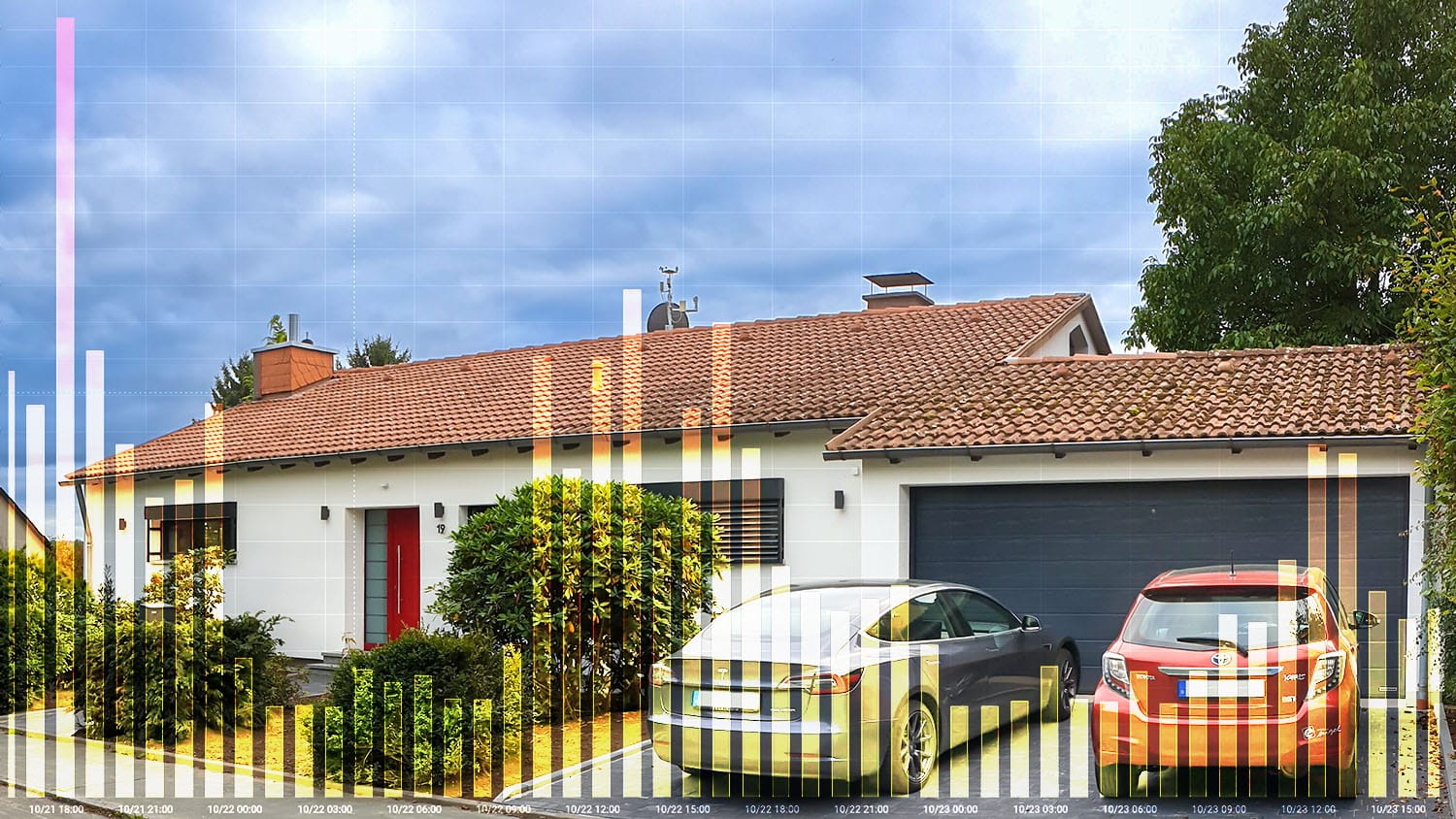
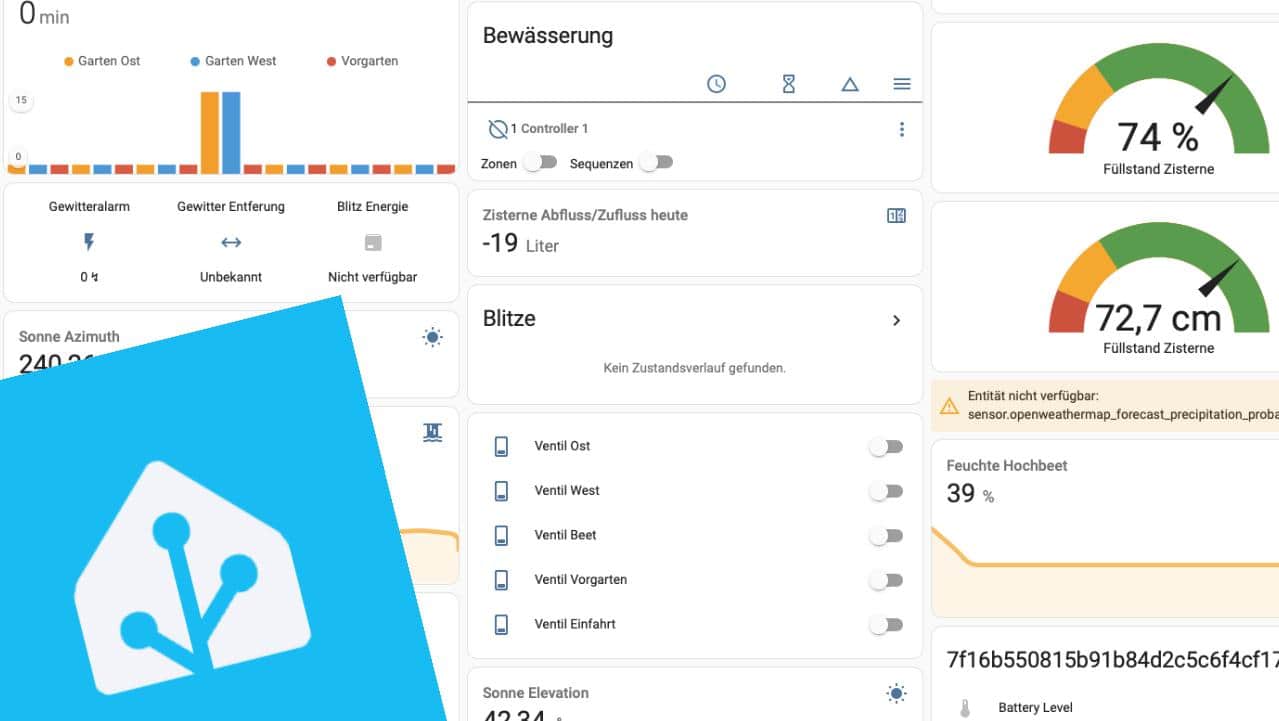
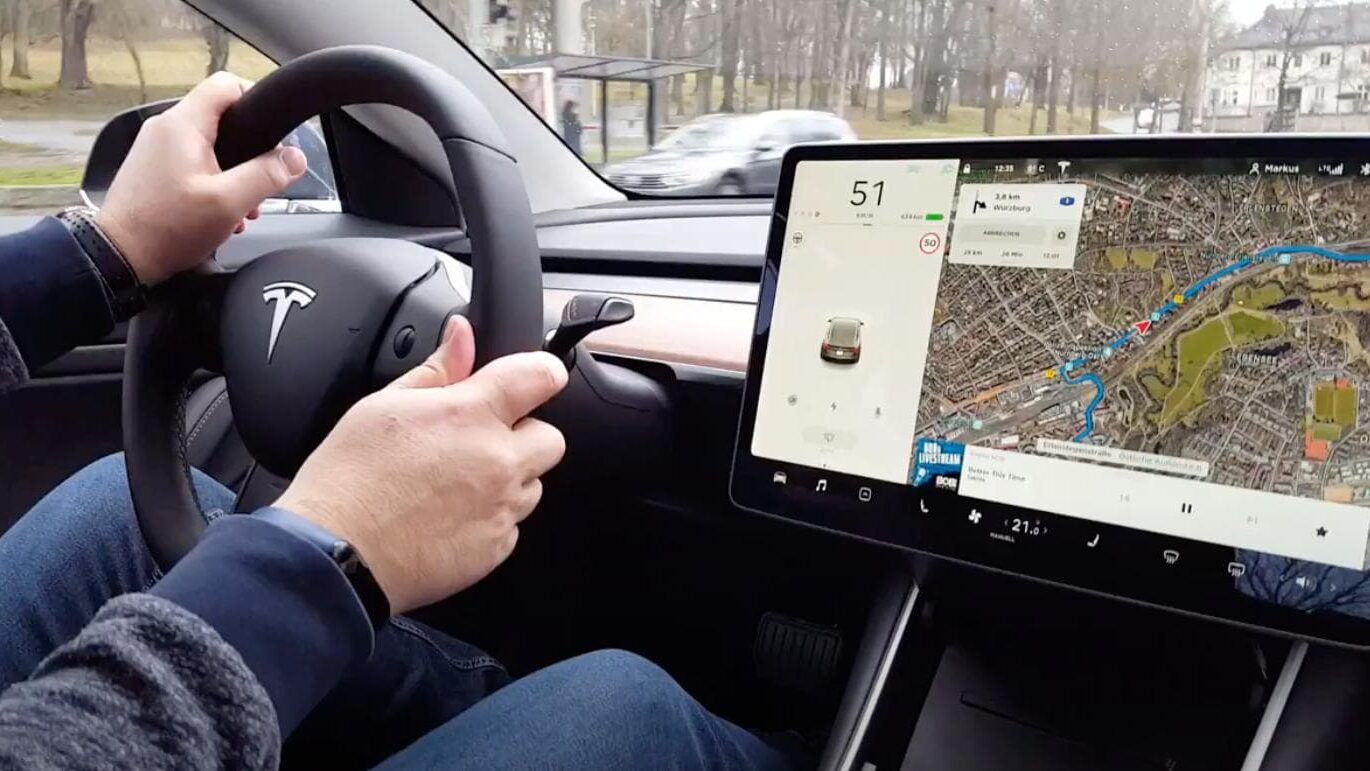
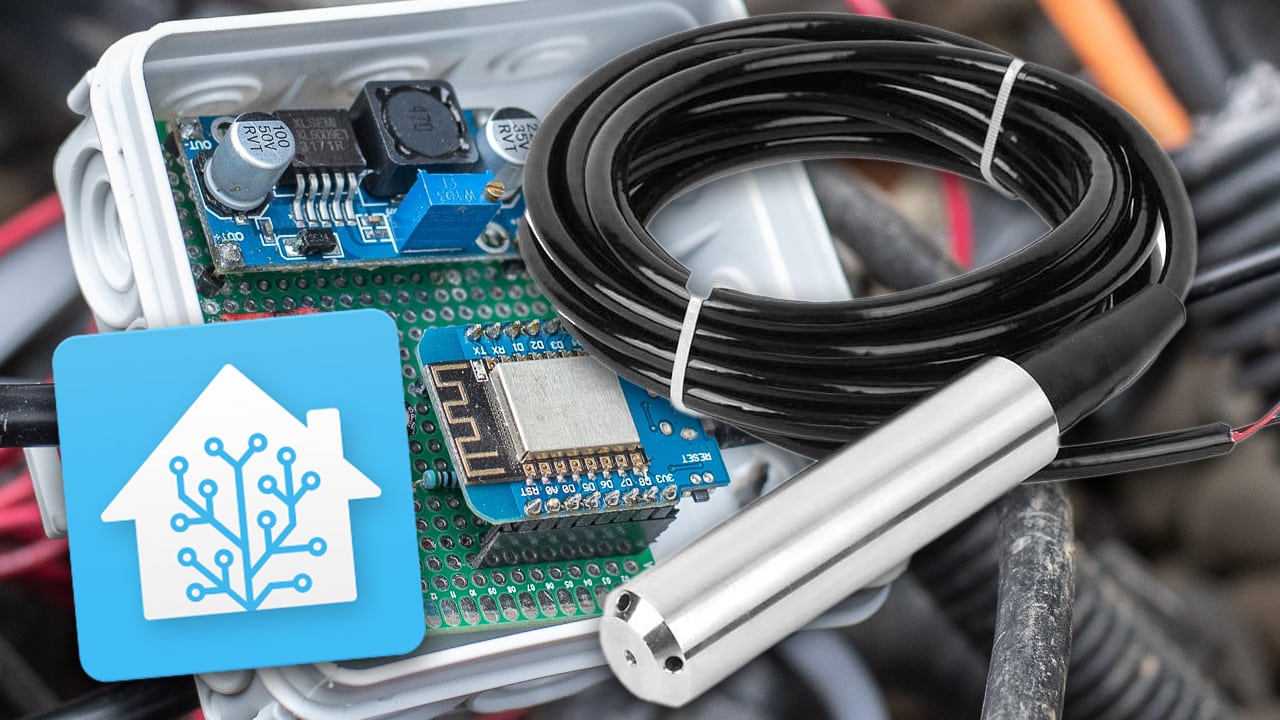
Leave a Reply